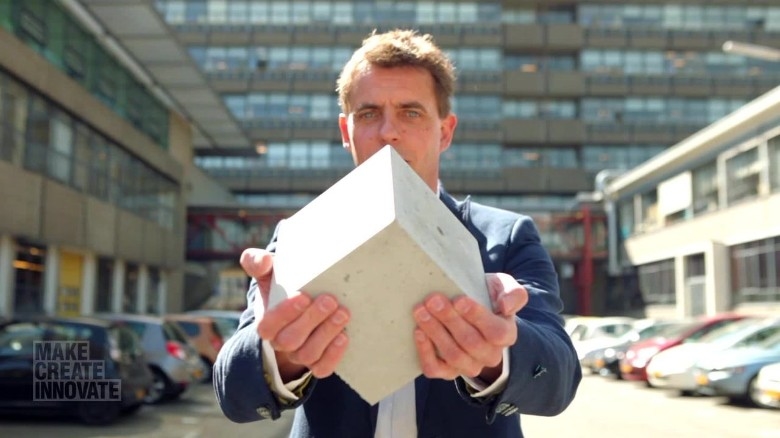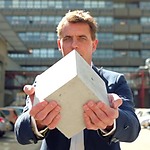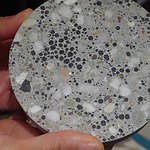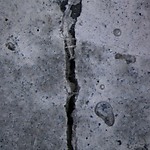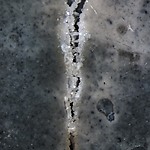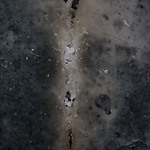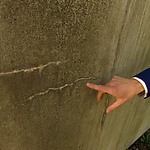Marvel Comic’s fans are for sure thrilled by the self-healing abilities of the fictional superhero “Wolverine”. This is his secret for his increased lifetime and for ageing in a much slower pace than normal, looking always fresh! To a certain extent though, self-repair is not something new for nature and living organisms. Such regenerating mechanisms, related to an over-lapping sequence of cellular activities, are triggered in response to tissue damage and are found in our bones or skin, in the exoskeleton of insects, in abalone shells, in starfish arms, in plants etc.; they are nature’s magic tool to extend or maintain life.
However, what if the built environment could also heal itself and extent its lifetime saving materials and construction effort? What about a "wolverine" concrete that would eliminate maintenance needs and could provide durable and long lasting structures? Microbiologist Henk Jonkers and his team at TUDelft have turned this groundbreaking step towards construction sustainability into reality; they have brought the self-healing concrete into life!
Concrete is the most commonly used construction material nowadays but that does not mean it has no weaknesses. However well-executed the production method of concrete is, cracking cannot be prevented. Water finds its way through the cracks all the way to the steel reinforcement, causing corrosion. Maintenance work then has to be regularly done, while in more severe cases structural stability can even be at risk.
Self-healing concrete fights back the consequences of time passing, increasing the lifetime of the material itself in the following way: A certain type of alkaliphilic bacteria that can survive in the very high ph of the concrete environment, either Bacillus pseudofirmus or Sporosarcina pasteurii, are embedded in the cement paste in small biodegradable capsules that also contain calcium lactate, the nutrient they feed on. In this way the bacteria remain dormant until water enter the cracks, come into contact with them and set the healing process on. The bacteria feed on the calcium lactate and produce limestone that fills the gap and heals the cracks.
Bioconcrete would be extremely useful in cases where is forbidden or difficult for humans to approach, such as underground retainers for hazardous waste or foundation parts. It can even be used in existing builadings in a form of a liquid sprayed on the problematic surfaces and work in the exactly same way. While in this stage of the research there is high cost involved, for the moment it is not so economically attractive to be applied on residential buildings.
Research on how the idea could be improved and optimized is still going on as a part of TU Delft Self-healing Materials research programme at the Delft Center for Materials, in collaboration with the Biotechnology section at the Faculty of Applied Sciences and the South Dakota School of Mines in the United States. They are now focusing on issues such as the right conditions for the bacteria to produce as much calcite as possible, the optimum way of distributing bacteria’s food or the impact of temperature fluctuations on the material. However, a big first step on self-healing concrete has already been made, welcoming a new era of biological strictures. The "wolverine" concrete is already here and, as Henk Jonkers says, it is forming a great example of how “nature and building environment can be combined in one new concept”!
http://www.citg.tudelft.nl/en/research/projects/self-healing-concrete
https://www.youtube.com/watch?v=OXkW1q9HpFA
images: http://edition.cnn.com/2015/05/14/tech/bioconcrete-delft-jonkers/
